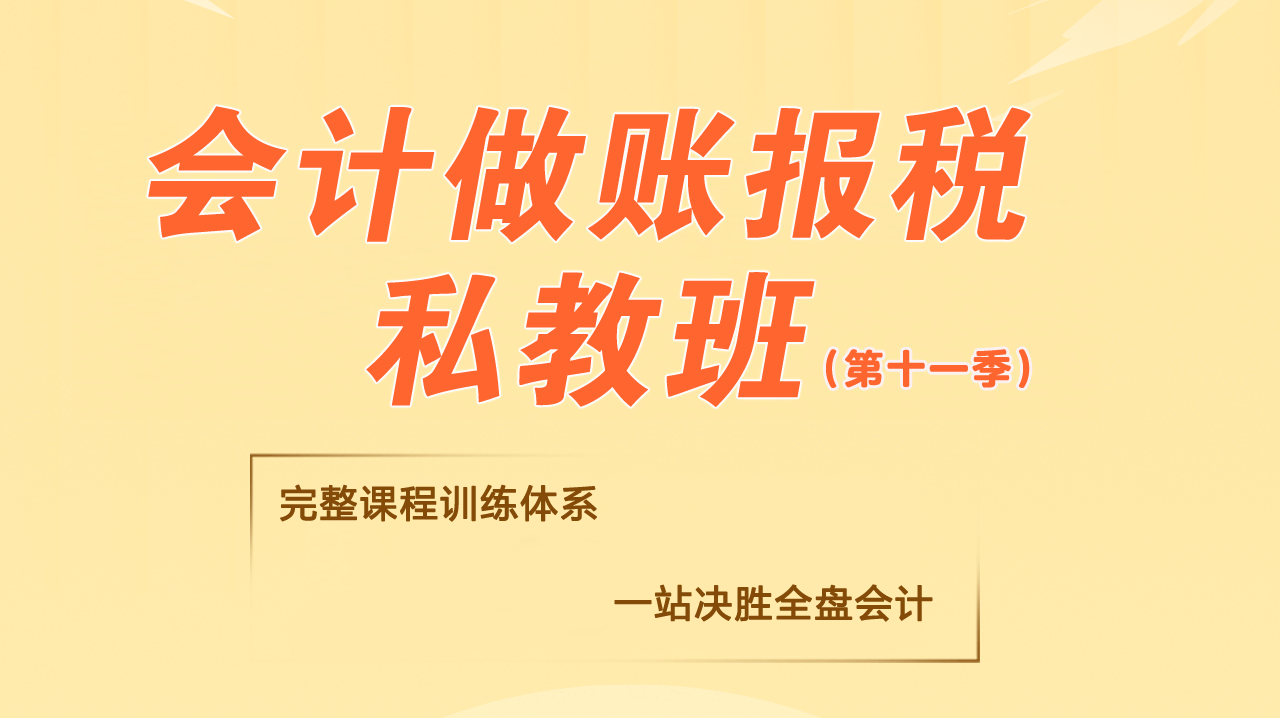中国经济的隐忧(双语)
Who has survived the global credit crisis in the best shape? As Zhou Enlai is reputed to have said about the impact of the French Revolution, it is still too early to judge. The snap verdict that China is the big winner and the US and rest of the old Group of Seven big losers is already looking questionable.
哪个国家以最佳状态渡过了此次全球信贷危机?正如据说周恩来在谈到法国大革命的影响时所说的那句话一样:现在做出判断还为时过早。那种认为中国是大赢家、而美国和七国集团(G7)其它国家是大输家的仓促结论,目前看上去已令人生疑。
True, China has continued to register turbo-charged growth while many of the debt-laden economies of the west have struggled. No surprise, then, that a tsunami of financial capital has surged eastwards, or that European politicians are scrabbling for trade deals, despite China’s extraordinarily aggressive posture over the Nobel peace prize and other diplomatic issues.
不错,中国持续实现了高速增长,而许多负债累累的西方经济体一直步履维艰。因此,并不令人感到意外的是,一场金融资本“海啸”已向东方汹涌奔流,同时尽管中国在诺贝尔和平奖及其它外交问题上态度格外强硬,欧洲政客们仍在争抢着(与中国的)贸易交易。
The financial markets, however, have taken a rather different view. The Shanghai market is at less than half its all-time high, significantly underperforming the other three members of the Bric group. More surprising, since the start of the US subprime crisis in August 2007, Shanghai’s total return in dollars has been beaten by the American S&P500, the UK’s FTSE?100, and even the Japanese Topix.
然而,金融市场的状况则大不相同。目前上海股市的点位尚不及历史高点的一半,表现远逊于金砖四国(Bric)的其它三个成员。更让人感到意外的是,自从2007年8月美国次贷危机爆发以来,以美元计算,上海股市的总体回报率还不如美国标准普尔500指数、英国富时100指数(FTSE?100),甚至是日本的东证指数(Topix)。
The message is clear. The China story that has been sold so skilfully all over the world is simply another version of the “new era” thinking that has characterised every investment mania from the South Sea bubble to the dotcom frenzy.
其中传递出的讯息相当明确:在全球范围内被熟练兜售的“中国故事”,只不过是“新时代”思维的另一个版本——从南海泡沫(South Sea bubble)到网络热潮,所有投资癫狂都以这种思维为特征。
After the extended period of disappointing performance, Chinese shares no longer look so expensive in terms of the current price to earnings ratio. But this may be deceptive. On the cyclically adjusted “Shiller PE” – which uses a 10-year average of earnings – the China market is even now almost as expensive as the US stock market was in 1929. In other words, the current level of Chinese earnings is high and probably unsustainable.
经过了长时间令人失望的低迷之后,以目前的市盈率水平来看,中国股票看上去不再那么昂贵。但这或许带有欺骗性。以经过周期性调整的“席勒市盈率”(Shiller PE,使用了10年平均收益)衡量,即便是现在,中国股市也几乎与1929年的美国股市一样昂贵。换言之,目前中国的收益水平很高,可能无法持续。
There are good grounds for concern about the future. A significant increase in the profit share of national income, as we have seen in China this century, implies a significant decrease in the labour share – meaning that wages fail to keep up with economic growth. The other side of this is apparent in the gross domestic product numbers – a decline in the contribution of consumption and a ballooning dependence on investment. The longer these trends continue, the greater the ultimate reversal.
我们有充足的理由对未来感到担忧。正如我们在本世纪的中国所看到的那样,利润在国民收入中所占的比例大幅上升,表明劳动力收入所占比例大幅下滑,这意味着薪资涨幅未能跟上经济的增长速度。国内生产总值(GDP)数据则明显体现出了另一面:消费的贡献率下滑,而对投资的依赖明显增强。这些趋势持续的时间越长,最终逆转的规模也就越大。
We’ve seen this movie before – 40 years ago, to be exact. In the 1960s Japan was achieving year upon year of double-digit GDP growth, fuelled by government-directed investment into infrastructure projects such as the bullet-train network and the build-up of heavy industry. Throughout this period, workers were flooding into the cities from the countryside, depressing wages and setting off a virtuous cycle of rising profitability and rising investment.
我们此前曾目睹过这一幕——确切地说,是在40年前。上世纪60年代,日本实现了两位数的年度GDP增速,推动因素是政府指导投资流向子弹头列车网络等基础设施项目,并加强重工业发展。在整个60年代,劳动力不断从乡村涌入城市,这压低了薪资水平,并形成了一个盈利能力和投资水平不断上升的良性循环。
In the mid-1950s, Japanese labour had taken 60 percent of total value added. In the miracle years this ratio fell to 50 percent, then started a V-shaped recovery in 1970 as the labour market tightened. Ten years later it had soared to a plateau of 68 per cent. These gains had to be fought for. In the 1970s, Japan’s now dormant union movement was in its heyday. Profit margins were squeezed, and in real terms the stock market went nowhere for a decade.
上世纪50年代中期,日本劳动力收入占总增加值的60%。在“日本奇迹”的那些年,这一比率降至50%,然后在70年代、随着劳动力市场的收紧,开始了V型复苏。10年后,该比率飙升并稳定在了68%。这些成绩是要靠奋力争取的。如今处于休眠期的日本工会运动,上世纪70年代时正如火如荼。当时企业利润率受到挤压,以实际价值计算,日本股市10年间裹足不前。
Can workers grab a bigger share of the economic pie before the urbanisation process is complete? In Japan they did. In 1970 Japan’s urbanisation ratio (the proportion of urban population to total population) was still just 53 percent. Currently the Chinese urbanisation ratio is 45 percent, roughly where Japan was in 1964. However, Chinese statistics are notoriously unreliable. The floating population of unregistered urban migrants is estimated at between 50m and 140m people. So China’s true urbanisation ratio may already be close to Japan’s in 1970.
在城市化进程完成之前,员工们能够在这张经济大饼中分得更大的一块吗?在日本,他们做到了。1970年,日本的城市化率(城市人口占总人口的比率)仅为53%。而目前,中国的城市化率为45%,大致相当于日本1964年的水平。不过,众所周知,中国的统计数据不太可靠。据估计,未注册城市移民组成的流动人口在5000万至1.4亿之间。因此,中国的实际城市化率可能已接近日本1970年的水平。
If China were to follow Japan, the next stage would be labour strife and inflation. The best way to avoid that outcome would be a radical tightening of the current super-easy monetary policy. But that would risk a serious slowdown and probably necessitate a large revaluation of the renminbi – both anathema to Beijing. Meanwhile, China’s reliance on a cheap currency is helping to fuel a trade war, in the words of the Brazilian finance minister.
如果中国将重演日本的历史,那么下一阶段将出现劳资冲突和通胀。避免这种后果的最佳途径,是大幅收紧目前超级宽松的货币政策。但这可能会造成经济明显放缓,人民币可能必须大幅升值——这两点都是中国政府最不希望看到的。同时,用巴西财长的话来说,中国对廉价货币的依赖,在引发一场贸易战方面正起到推波助澜的作用。
There is no good way out of the corner into which China has painted itself. Rebalancing the economy is absolutely necessary. It is also a long-term project fraught with risks for China’s rulers – and for investors who have bought the story of inevitable western decline and unstoppable Chinese ascent.
要走出中国自己钻入的死胡同没有什么好办法。经济再平衡是绝对必要的。对于中国统治者——以及那些认为西方衰落将不可避免、而中国崛起亦无法阻挡的投资者而言,这也是一项充满风险的长期事业



